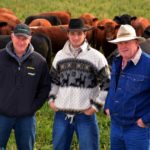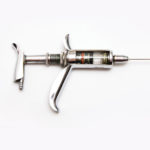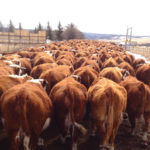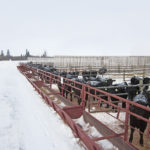Good-news stories for beef producers are beginning to flow out from a massive dataset collected during a three-year carbon benchmarking study done to evaluate the effects of long-term grazing on native grasslands of Alberta. Some of the findings won’t surprise beef producers who see the positive effects first hand, but this is the first time […] Read more














